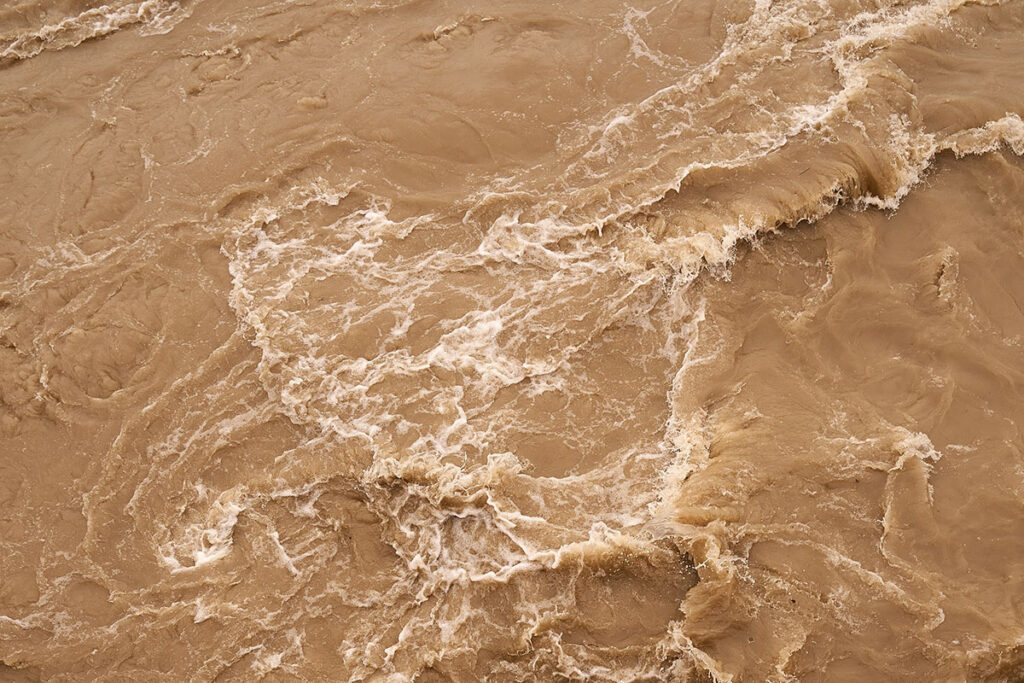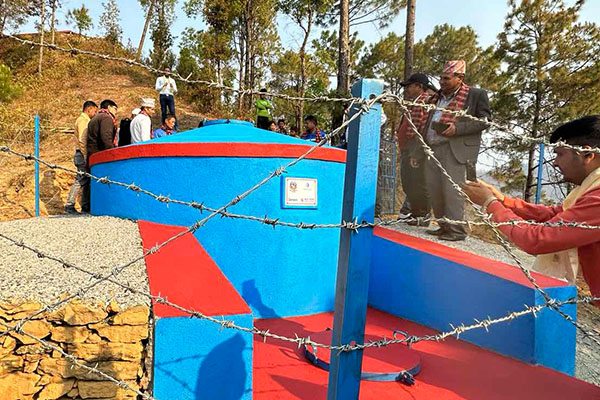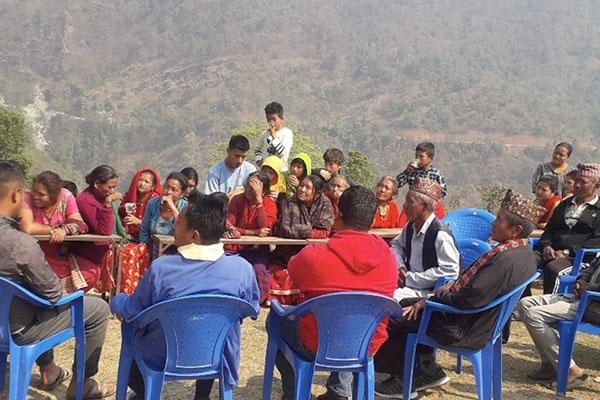Water by women NEPAL: UPDATE
A lot of work has been done in Nepal. From constructing the water systems to ensuring a sustainable future for these water points, no stone has been left unturned. These efforts are much needed as Nepal suffers greatly from the effects of climate change – of which water scarcity is one of the main consequences.

Climate change
Flooding is a regular occurance in Nepal, however: climate change has increased the intensity and consequences of unusually heavy rainfall greatly impacting the lives of the inhabitants of this part of the world. The irregular and increasingly heavier rain fall, combined with the fact that that many have settled their communities along river banks, make many Nepalese citizens vulnerable to flooding and its effects.
Leaving these areas and moving somewhere else is not an easy option or solution. The river isn’t just the most important source of water to drink from or cook with – it’s also a source of income. Flooding doesn’t just damage homes. It also increases the risk of waterborne disease.
.
Water systems
Together with our project partner Simavi, we are working on restoring a total of 8 water supplies in the North-East of Nepal. A lot of work has been done since our last update.
3 of the intended water systems are now up & running. When all systems are operational, they will serve more than 2,500 people.
We want these newly built and renovated water points to function as long as possible, and give the local communicaties the knowledge and tools to keep up with maintanance and raise the funds required. We therefore don’t just invest in the water systems itself, but also contribute to campaigns and training for locals.
.


Water for the future
These trainees gather in so-called Water User and Sanitation Committees (WUSCs), and take responsibility of the operation & management funds. The money that is raised by the usage of the water systems, is funneled back into these funds. Important costs like those of insurance and upkeep are financed this way.
At the time of writing, 3 of these Committees have already been established, and they now cover half of all costs associated with keeping the water points operational.
This way, local communities can be independent of external donations from partners such as Made Blue and Simavi in the future, allowing them to continuously provide their communities with clean water and all the benefits that come with it.
Water by Women
In Nepal many men leave the villages for the cities to earn an income, not always with success. Many women are therefore responsible for the family. They are not used to developing economic activities, which means that they cannot develop themselves and remain stuck in a poverty trap.
In the north-east of Nepal, many water supplies from the past have been poorly managed or broken during the major earthquake of 2015. Because many people from low castes live in these areas, they have fewer opportunities. Together with the women, we are going to repair or construct the water facilities in an enterprising way so that more than 25,300 people will soon have access to clean drinking water.
You might want to read these updates too:
Field Notes From Malawi
Discover what our donors experienced during our project visit to Malawi, from improved water access in health centres and schools to the daily realities of communities in Machinga and Zomba. A closer…
Read moreTwo water systems completed
Discover the latest news from Freetown, where the construction of two new water systems has been completed.
Read more